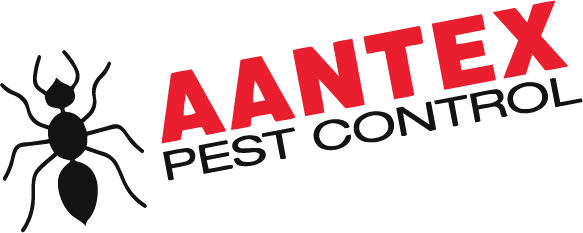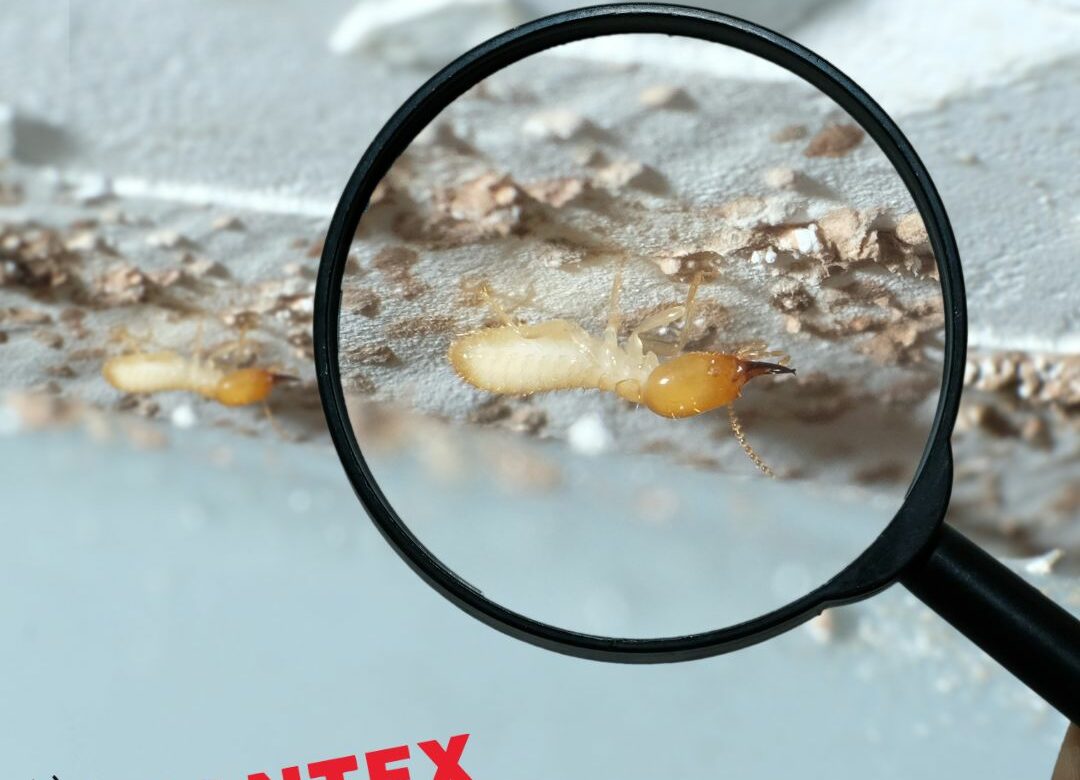Termites are a common problem in California, causing billions of dollars in damage each year. These pests feed on wood and can cause extensive damage to homes, businesses, and other structures. Identifying termites in California is crucial for homeowners and property managers to prevent costly termite damage.
This article will provide a comprehensive guide on how to identify termites in California, including their habits and behaviors, the different types of termites, and how to prevent termite damage.
Types of Termites in California
There are three main types of termites found in California: subterranean termites, drywood termites, and dampwood termites. Each type has different habits and behaviors that affect how they are identified and treated.
Subterranean Termites: Subterranean termites are the most common type of termite found in California. They live underground and build mud tubes to move around and access their food source. These termites feed on wood and other cellulose materials and can cause significant damage to homes and other structures.
Drywood Termites: Drywood termites are another common type of termite found in California. Unlike subterranean termites, drywood termites live inside the wood they infest and do not require contact with the soil. These termites can cause significant damage to wooden structures if not detected and treated promptly.
Dampwood Termites: Dampwood termites are less common in California but can still cause significant damage to wooden structures. They prefer to live in moist wood and are typically found in coastal areas with high humidity.
Physical Characteristics of Termites:
Termites are small insects that range in size from ¼ inch to ½ inch long. They have six legs and are typically light brown or white in color. Termites have straight antennae and a straight, beaded waist.
Signs of Termite Infestation:
There are several signs of a termite infestation that homeowners should be aware of, including:
- Mud Tubes: Subterranean termites build mud tubes to move around and access their food source. These tubes can be found on the exterior of the structure or in crawl spaces and basements.
- Discarded Wings: Termites swarm in the spring and summer, and after mating, they shed their wings. Discarded wings can be found near windows, doors, and light fixtures.
- Wood Damage: Termites feed on wood and can cause significant damage to wooden structures. Look for sagging floors, buckling wood, and hollow-sounding wood.
Identifying Termite Damage:
Termites can cause significant damage to wooden structures if left untreated. Look for the following signs of termite damage:
- Hollow-Sounding Wood: Termites eat wood from the inside out, leaving a thin layer of wood on the surface. This can cause the wood to sound hollow when tapped.
- Sagging Floors: As termites eat away at wooden floorboards, they can cause them to sag or become uneven.
- Buckling Wood: As termites eat away at wooden support beams, they can cause them to buckle or bend.
Preventing Termite Infestation
Preventing a termite infestation is crucial to avoiding costly termite damage. Here are some effective ways to prevent termites from infesting your property:
- Eliminate Moisture: Termites are attracted to moist environments. Repair any leaks, and ensure proper ventilation in your home.
- Remove Wood Debris: Termites can thrive in piles of wood debris. Remove any dead trees, stumps, or wood piles from your property.
- Store Firewood Properly: If you have firewood, store it away from your home and off the ground.
- Seal Cracks and Openings: Seal any cracks or openings in your foundation, walls, or roof to prevent termites from entering your home.
- Maintain Landscaping: Keep plants, shrubs, and trees trimmed away from your home to prevent termites from using them as a bridge to access your home.
FAQs about Identifying Termites in California:
- How do I know if I have termites? Signs of a termite infestation include mud tubes, discarded wings, and wood damage. If you suspect you have termites, contact a pest control professional for an inspection.
- How do I identify the type of termite infesting my property? A pest control professional can identify the type of termite infesting your property by examining the physical characteristics of the termites and the damage they have caused.
- How long does it take for termites to cause damage? Termites can cause significant damage in as little as six months. It is essential to detect and treat a termite infestation promptly to avoid costly damage.
Identifying termites in California is crucial for homeowners and property managers to prevent costly termite damage. By learning about the different types of termites, their habits and behaviors, and how to prevent termite infestation, you can protect your property from these destructive pests. If you suspect you have a termite infestation, contact a pest control professional for an inspection and treatment options.

